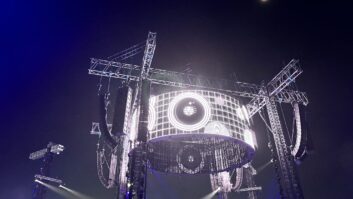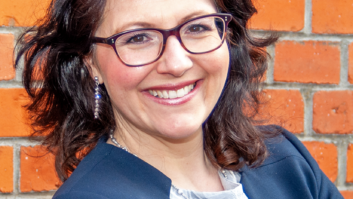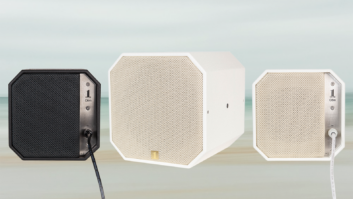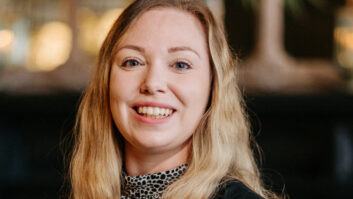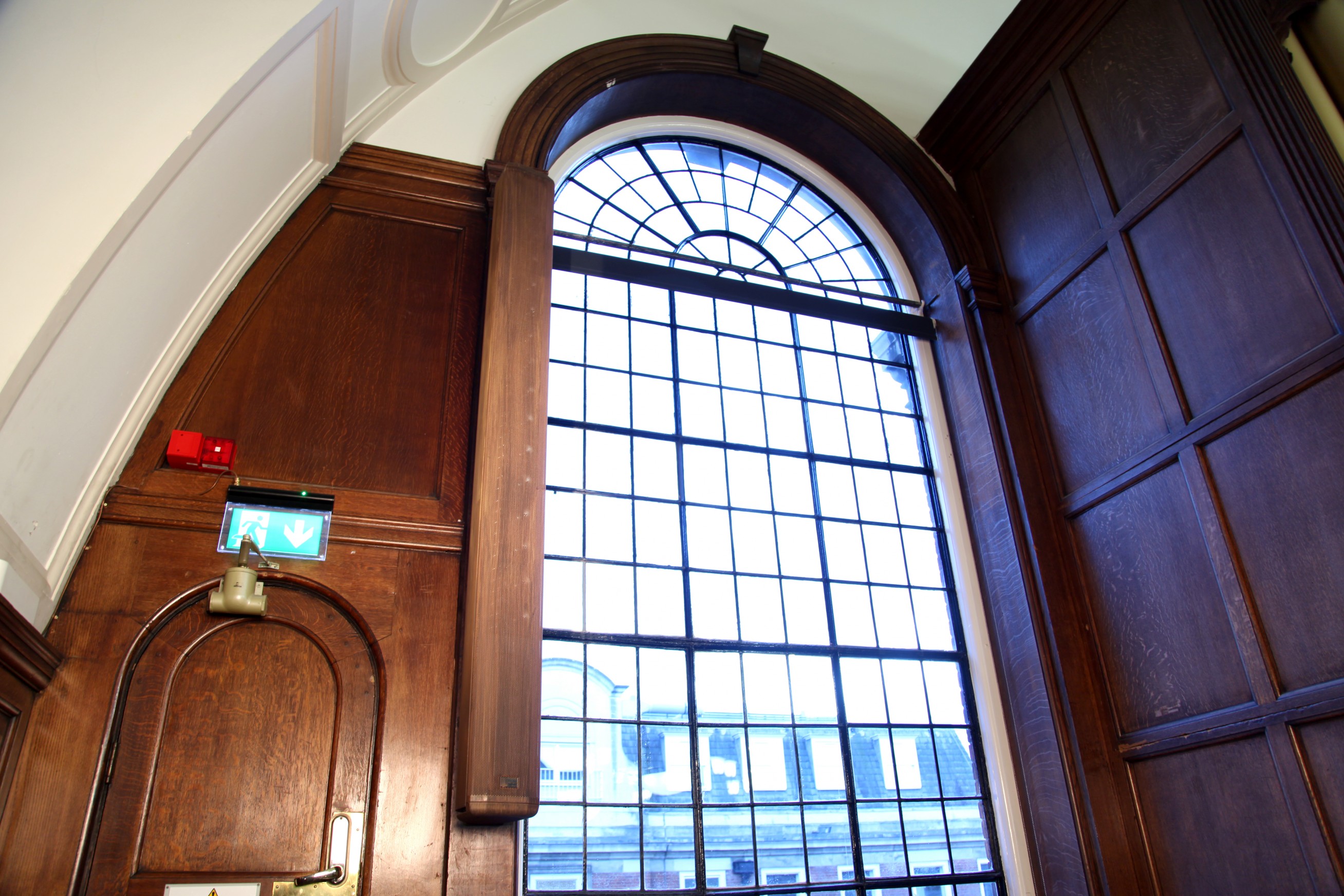
The Great Hall of St. Paul’s Girls’ School in London has fitted two Meyer Sound CAL 64 column array loudspeakers, which is the first installation of the column arrays in the UK. The loudspeaker system reproduces speech, live music and video soundtracks and are custom-coloured to match the surrounding oak woodwork in the 1904 auditorium.
CAL was selected for the venue after Ian Hawes, the school’s theatre manager, and Jonny Burns, head AV technician attended a demonstration. “We listened to the sound quality, saw the slender profile, turned to each other and said, ‘This is exactly what we need for the Great Hall,’” said Hawes.
“The system is in constant use, mostly for speech but also for pre-recorded playback, and occasionally for singing voices or for reinforcing a piano, something we would never have attempted with our old system,” continued Hawes. “The quality of the spoken word has also improved dramatically; voices have the natural quality of the presenter.”
Logistical and aesthetic factors in the 750-capacity hall required the loudspeakers to be mounted on the upper level, though the majority of seating is on the floor level. CAL is set up with three beam pre-sets to handle the school’s requirements. For the top seating, the main pre-set has a top beam with a 5° vertical spread and a 3° down tilt. For the main floor, the lower beam is a 25° spread with a 23° down tilt. A third pre-set is used to cover the back of the floor area as needed. Two UMS-1P subwoofers are also installed to support musical programs.
“Among the beam-steering columns out there, CAL is the only one that sounds like a true high-fidelity loudspeaker,” said system designer Chris Austin of London’s Autograph Sales and Installations. “It’s very musical, making it suitable for ‘proper’ PA applications rather than just voice.”
